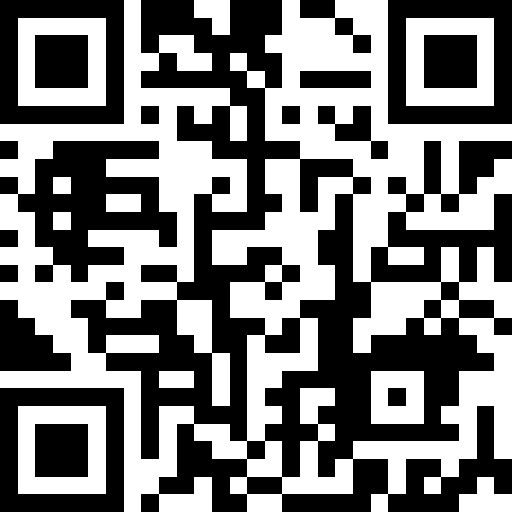ICAM Incident Investigation Template
This Incident Cause Analysis Method (ICAM) Investigation Report Checklist is used to assist in the investigation of incidents, accidents and near misses in the field.
Print as PDF

×
Free ICAM Incident Investigation Template Checklist
Go digital today!
Convert your paper checklists into digital forms
Scan this QR code to use this paper checklist on your smartphone or tablet or visit https://safetyculture.com/



- Incident Name
- Employer
- Date & Time of incident Date
- Conducted on Date
- Prepared by
Incident Summary
- Collect information and evidence of the incident and report your findings here. Items
- Item detail
- Photo evidence Media
Timeline
- List the activities and events leading up to the time of the incident, when the incident happened and what took place afterwards. Activity
- Date & Time Date
- Activity
- The basic cause of an incident is the mechanism of failure.
- What happened?
- The ICAM model analyses the contributing factors to determine why the incident happened.
- Why did the incident happen?
- Actual Consequences
- Potential Consequences
- The contributing factors of this incident were analyzed using the Incident Cause Analysis Method (ICAM) process, an industrial safety initiative used to analyze serious incidents. ICAM is an analysis tool that sorts the findings of an investigation into a structural framework.
Absent or Failed Defences
- The situations, systems, conditions, equipment, measures or human factors which normally prevent this type of incident from happening. Defence
- Absent or Failed?
Environmental
- Hardware
- Training
- Organisation
- Communication
- Incompatible goals
- Procedures
- Maintenance management
- Design
- Risk management
- Management if change
- Contractor management
- Organisational culture
- Vehicle management
- Management systems
Individual or Team Actions
- The errors or violations made by people directly involved in the event. Actions
- Individual or Team?
Individual
- Hardware
- Training
- Organisation
- Communication
- Incompatible goals
- Procedures
- Maintenance management
- Design
- Risk management
- Management if change
- Contractor management
- Organisational culture
- Vehicle management
- Management systems
Task or Environment Conditions
- The "situational characteristics" which existed immediately prior to the incident, including the work situation, physical or social environment, or a person's mental, physical or emotional state. Conditions
- Task or Environmental
Environmental
- Hardware
- Training
- Organisation
- Communication
- Incompatible goals
- Procedures
- Maintenance management
- Design
- Risk management
- Management if change
- Contractor management
- Organisational culture
- Vehicle management
- Management systems
Organisational Factors
- The latent system based factors present before the incident which may have contributed to the presence of specific adverse task or environmental conditions, individual or team actions, or absent or failed defences. Factor
- Organisational factor type
- Hardware
- Training
- Organisation
- Communication
- Incompatible goals
- Procedures
- Maintenance management
- Design
- Risk management
- Management if change
- Contractor management
- Organisational culture
- Vehicle management
- Management systems
Recommended Corrective Actions
- What are we going to do about the incident?
Use the Hierarchy of Control recommendations for corrective actions that will target prevention of recurrence and reduction of risk.
The recommendations will address each identified absent or failed defence (risk controls) and Organisational factor (prevention and risk reduction strategies).
- Enter recommended corrective actions here CAR
- CAR detail
Key Learnings
Sign off
- Full name and signature of ICAM report author Sign
link copied
Rudolph Crouzer
ICAM Incident Investigation Template
This Incident Cause Analysis Method (ICAM) Investigation Report Checklist is used to assist in the investigation of incidents, accidents and near misses in the field.
Print as PDF
The templates available in our Public Library have been created by our customers and employees to help get you started using SafetyCulture's solutions. The templates are intended to be used as hypothetical examples only and should not be used as a substitute for professional advice. You should seek your own professional advice to determine if the use of a template is permissible in your workplace or jurisdiction. You should independently determine whether the template is suitable for your circumstances.





